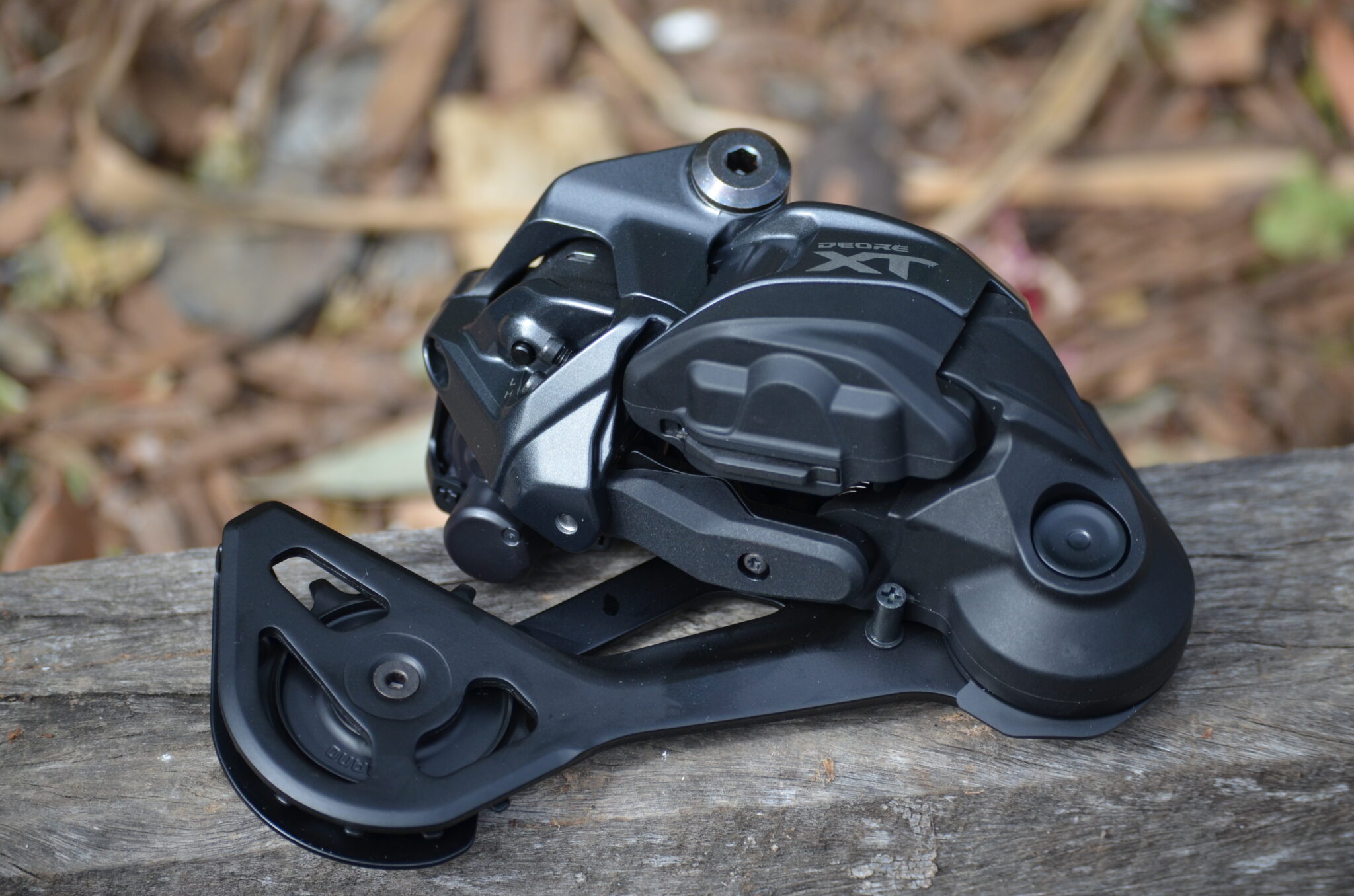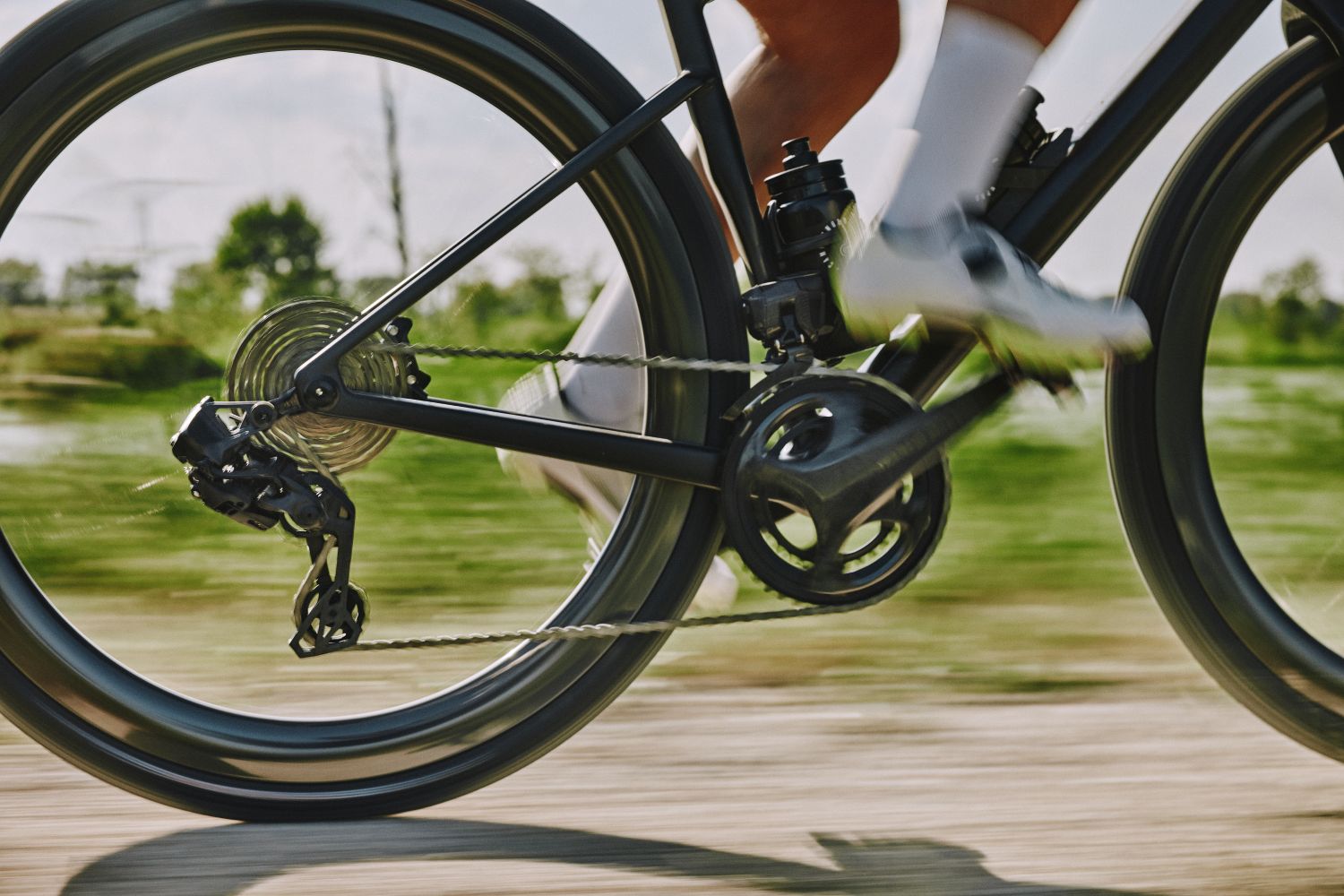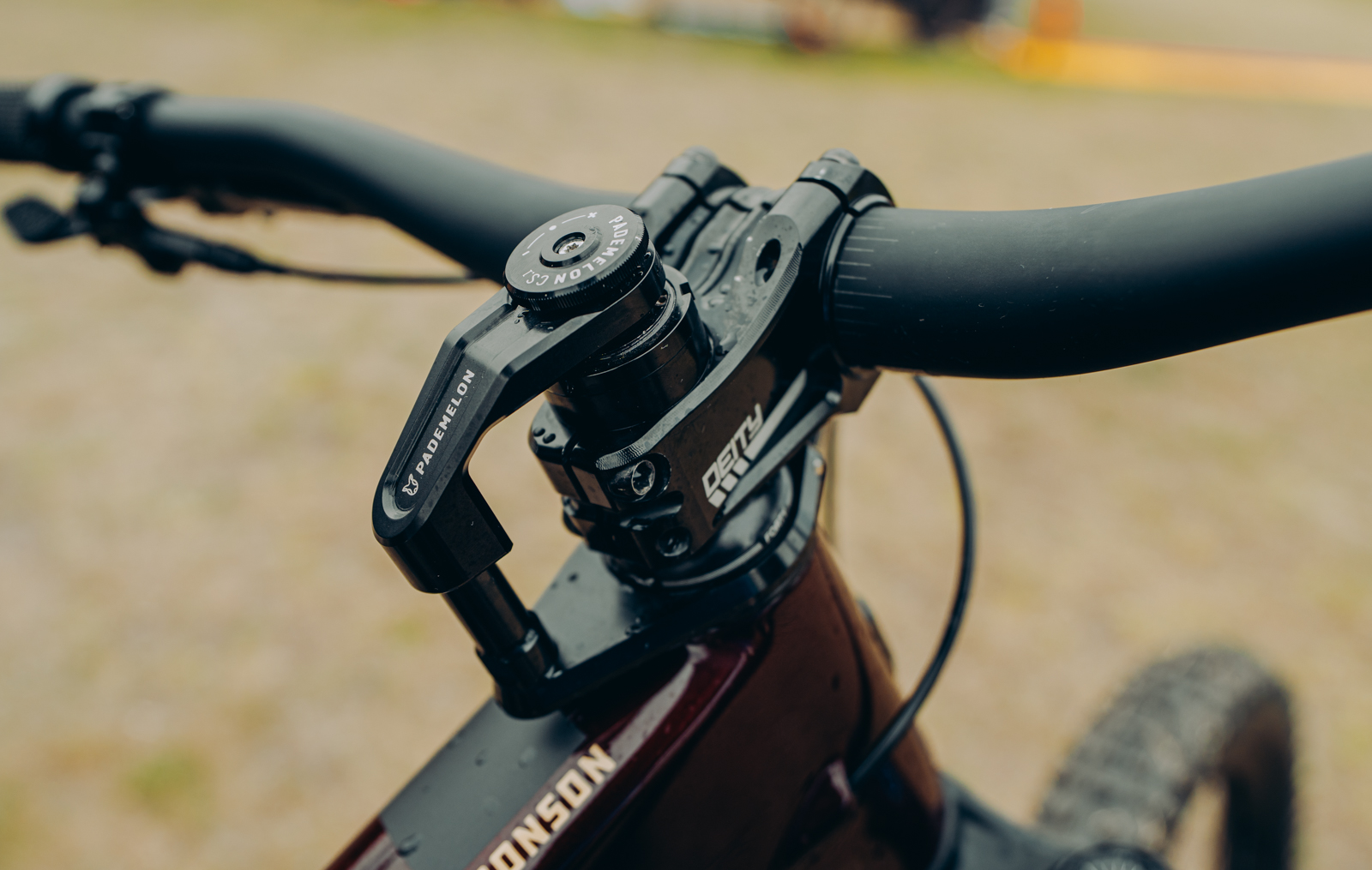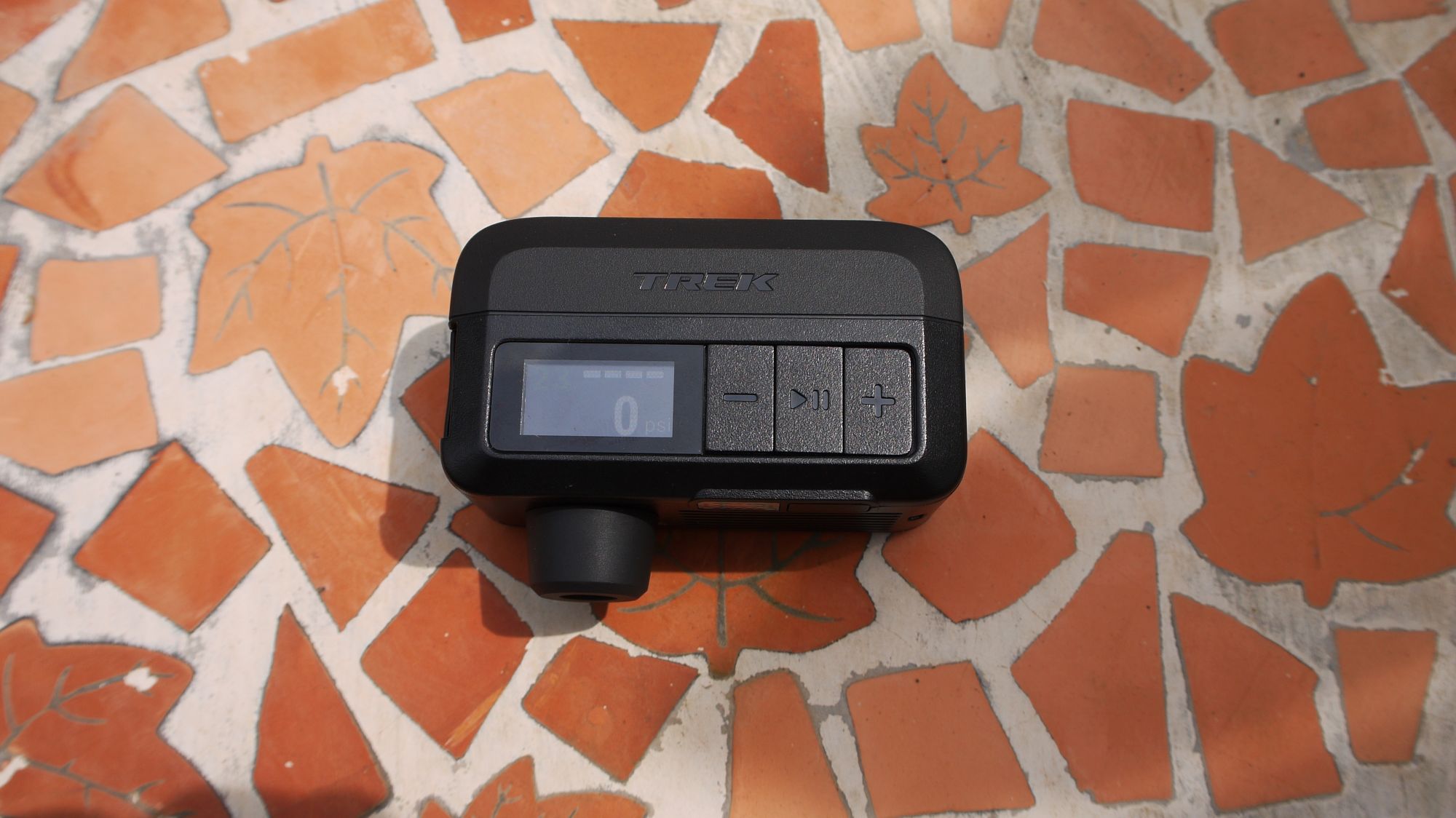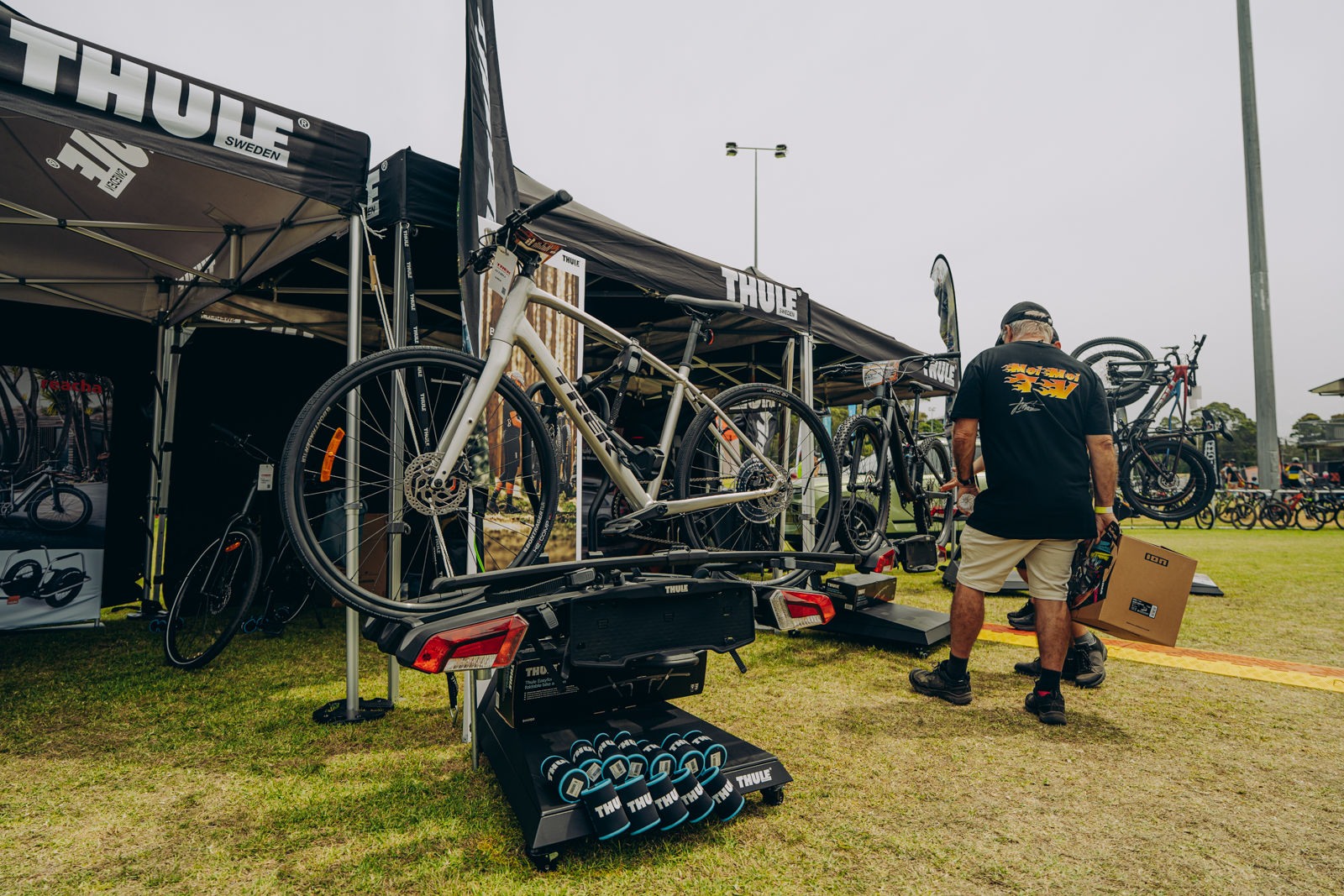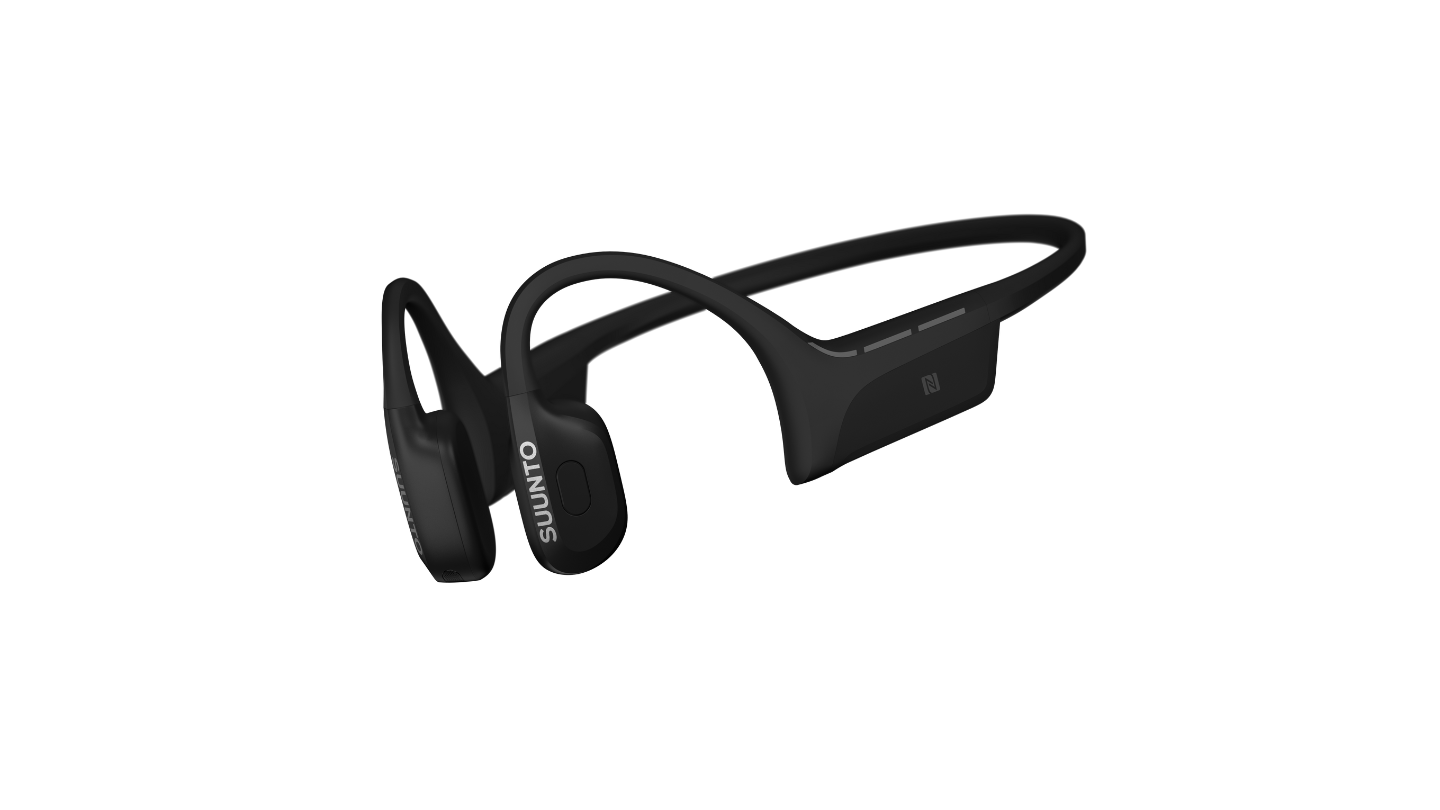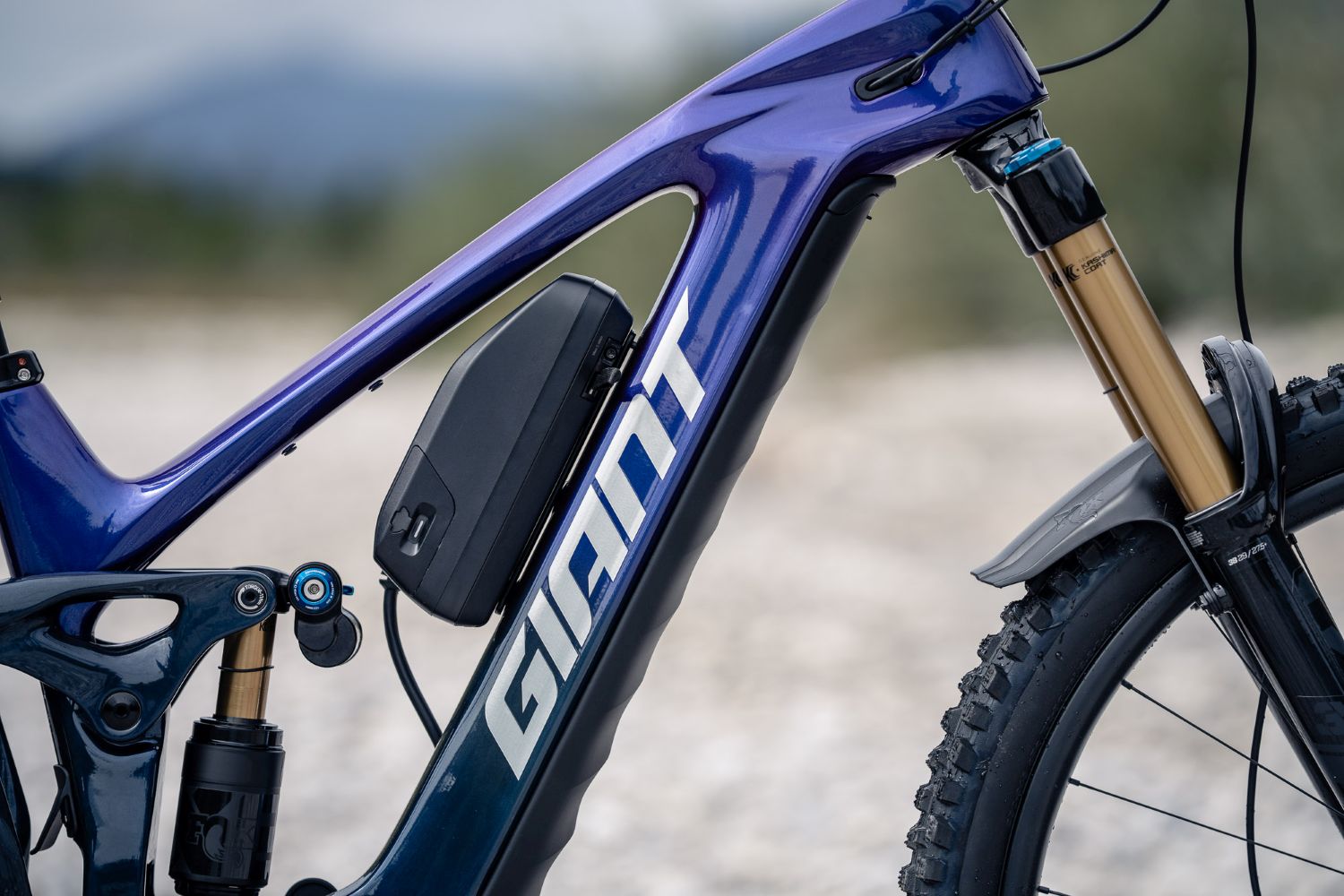Shimano Launches Deore XT M8200 Di2 with Wireless Shifting
Trickle-down goodness following the release of Shimano’s top-shelf offering
The Shimano Deore XT groupset has earned its place as a cornerstone in the brand’s mountain bike component lineup – positioned just below the top-tier XTR and above the more affordable SLX. Deore XT (we will refer to throughout the article as XT) is widely recognised as the sweet spot in Shimano’s MTB range, delivering a blend of high-performance shifting, long-lasting durability, and refined engineering, all at a more accessible price than XTR.
Popular with trail riders, enduro racers, and cross-country athletes who want nice gear without a top-tier pricetag, XT is also a favourite among everyday mountain bikers who want reliable gear without sacrificing performance – especially those of us who juggle the expenses of kids’ soccer alongside our own mountain biking pursuits.
Known for its crisp shifting, powerful braking, and low-maintenance design, XT is often seen as the benchmark for real-world MTB performance. It’s built tough for aggressive riding but smartly priced for riders who demand quality without breaking the bank.
With the recent release of Shimano’s new XTR Di2 I was positively frothing to get onto the brand’s XT Di2 – more on the ride experience later – but first let’s look at the new lineup from Shimano.
A closer look at Shimano Deore XT Di2
You’ll be hard pressed to find a better example of trickle-down technology in bike groupsets than XT, and this is no different with the release of their first fully wireless, second-tier groupset. Like the XTR release, the XT Di2 features robust construction, with a derailleur built to deflect impact from rocks, sticks and any other wayward trail features. Shimano have committed to retaining an ergonomic lever in the XT groupset, setting them apart from the other big red component manufacturer and their button actuated shifter. The XT brakes feature the same oil upgrade as the XTR models, and promise to deliver the same quality braking feel as the XTR model, without the price tag.
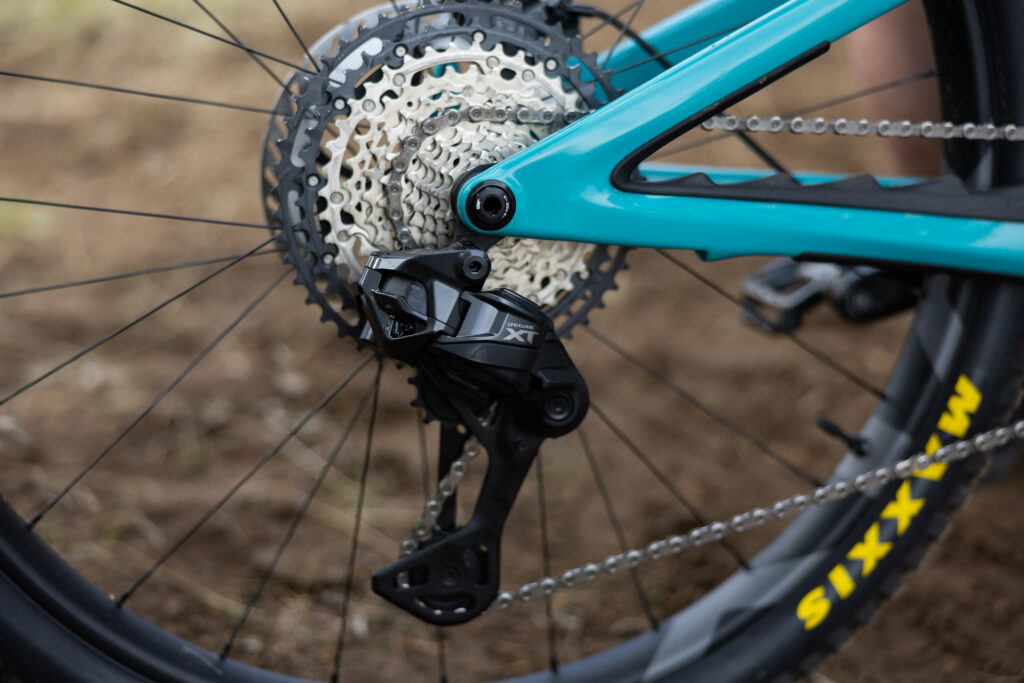
Once again, Shimano have a people-first release of the XT upgrade kit, consisting of shifter, rear derailleur, battery, charger and quick link for $1302. This means you can upgrade to wireless from your existing 12 speed Shimano drivetrain, without having to purchase new cranks and cassette – a feature I love for economy and backwards compatibility, two things that are scarce within the bike industry.
For the complete drivetrain and brakes (sans wheels) the new XT Di2 will set you back $2869, not cheap by any stretch of the imagination, but a much more reasonable price point than the XTR offering at $4365. A pair of the newly released XT wheels retail at $1513, though are available as a 29” offering only, and the new XT brakes retail at $746 for lever, calliper and hoses.
Shimano Deore XT Derailleur and Cassette
Compared to the XTR model’s carbon cage, the XT M8250 rear derailleur saves some dollars by implementing an alloy cage, but retains the same design and Shadow ES technology as the XTR model. And yes, it uses a standard hanger. While there is debate about this since the arrival of UDH, it’s a good time to point out again that the hanger is designed to be a failure point and Shimano maintain that this is a better option than, say, breaking a frame or destroying a derailleur. While we haven’t experienced a catastrophic failure with our SRAM AXS Transmission using UDH, Shimano still has a point. Technology is getting better and with it, more expensive. Who wouldn’t want to reduce the risk of a big ticket replacement spend?
The new XT derailleur features a large stabiliser surface on the underside, designed to fend off rocks and debris, with an automatic impact recovery feature in the case of the inevitable derailleur tag that’s usually accompanied by a sharp intake of breath and a few prayers mid-trail.
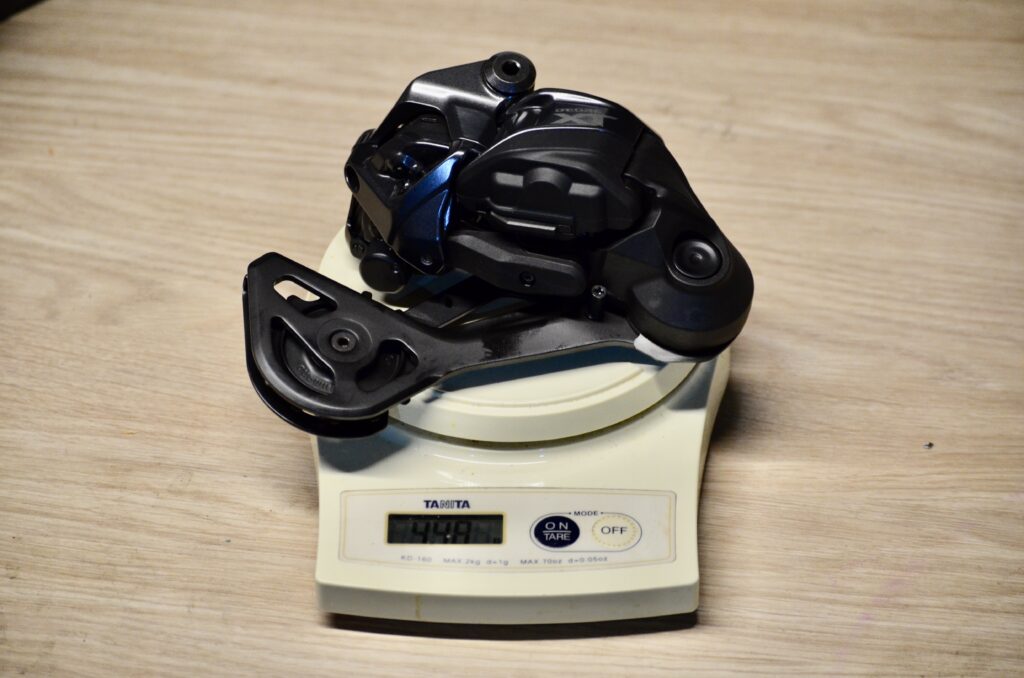
While the M8200-series derailleurs lack a clutch, Shimano states that with the Shadow ES technology, the tension from the dual spring design offers comparable performance to a derailleur with a clutch system. For e-bike lovers out there, the XT M8260 model is available in 11 and 12-speed options with a long cage only, and can be wired to receive power from your e-bike battery, enabling features such as free shift and auto shift technology.
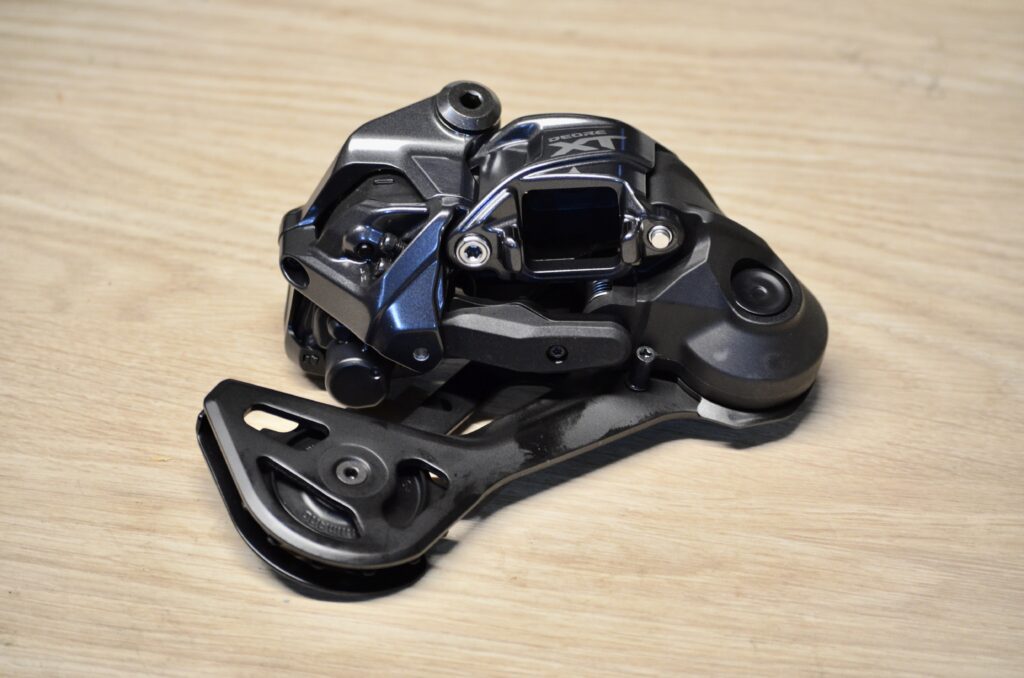
Aesthetically, the XT derailleur is far more the film noir of Blade Runner than XTR’s Top Gun flashiness, and that’s exactly what we have come to expect from the XT name; solid, understated reliability with aesthetics to match.
The XT M8200 rear derailleur will be available in a long cage option for use with a 10–51T Cassette, and a mid option for use with 9–45T Cassette.
Cassette-wise, Shimano have released both sizes to be compatible with the long and mid-cage derailleur; 9–45T and 10–51T. The largest two cogs are forged from alloy, with the remaining ten steel and the cassette features the same Hyperglide+ and microspline technology of the XTR.
The Do-It-All Shimano Deore XT Trail, Enduro and Cross Country Crankset
Unlike its big brother XTR, which features two cranksets: a dedicated cross country crankset as well as an enduro-style crank; the Deore XT range has one crankset to do it all. With a 176mm Q-factor it’s on par with the XTR enduro cranks, width wise, and marginally wider than the XTR XC cranks’ 168mm, with a 55mm chainline – the standard now for new releases from Shimano.
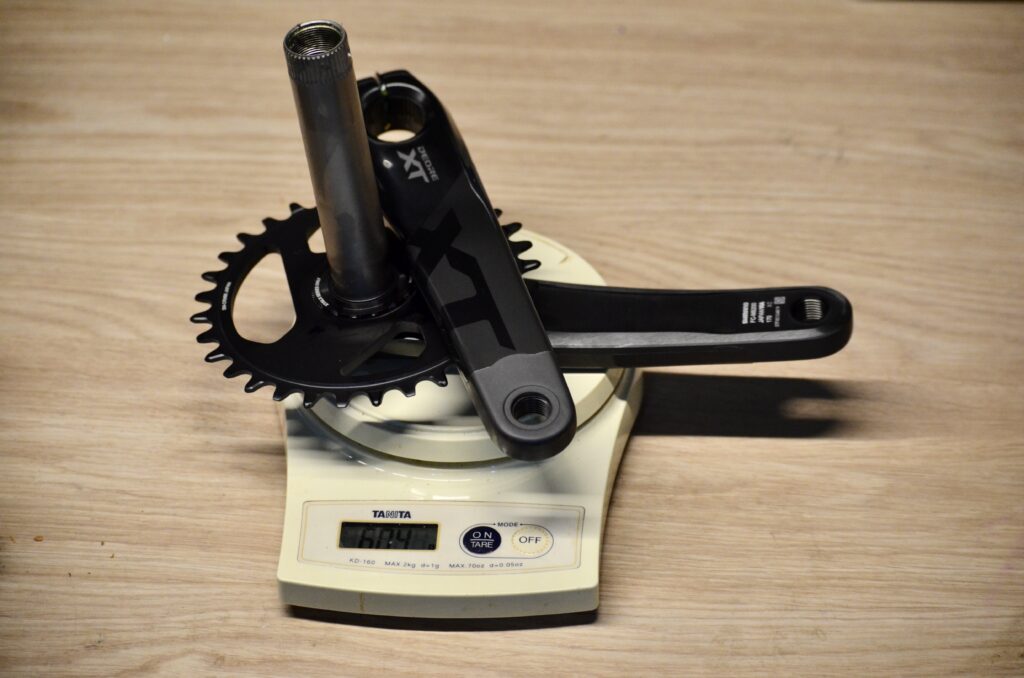
Available in 160, 165, 170 and 175mm lengths, with chainring sizes from a tiny 26T to a 36T, Shimano have enough variety of offerings to suit every user from a dedicated enduro warrior to bikepacker and gravel grinder.
Aesthetically, cranks take on the bulk of the work of a drivetrain and just as in years’ past, XT offers understated aesthetics which reflect the drivetrain’s no-fuss workhorse capability.
Shimano Deore XT Shifter with Di2 Switch Ergonomics
Shimano are committed to maintaining the feel and ergonomics of a ‘normal’ shifter with the technology of wireless shifting. With Shimano’s Rapid ES technology, and a tactile shift feel, the new XT Shifter offers the same customisation with multiple shift modes such as hold-down multi-shift and click-through double shift. Once again taking technology from the XTR release, the shifter also features the programmable third button on the shifter that can be set to control your bike computer, or e-bike free shift and auto shift modes.
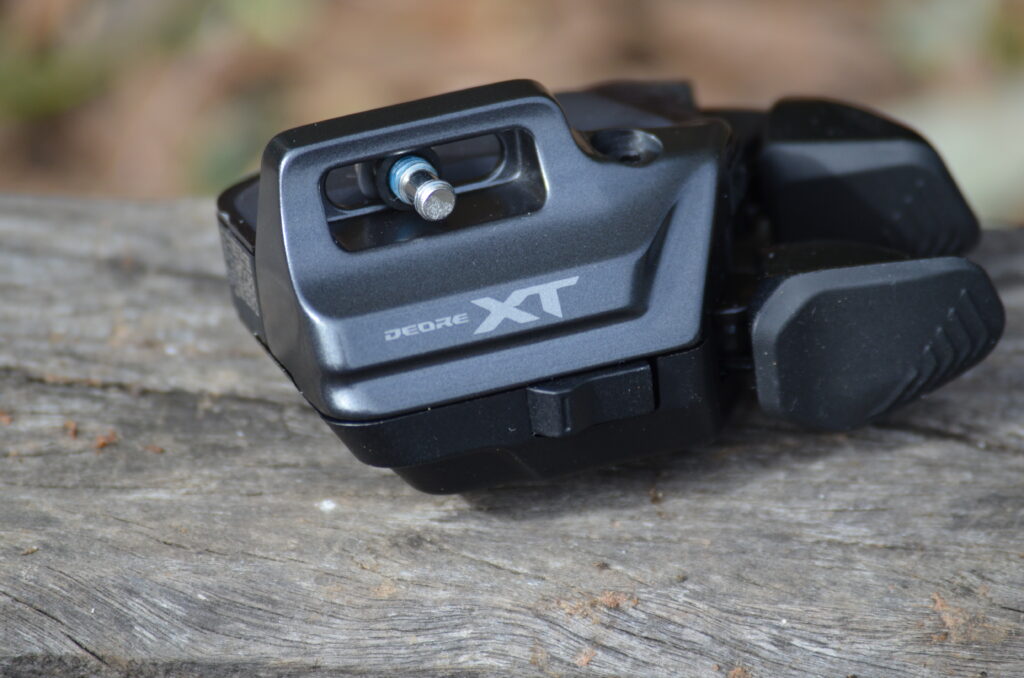
In another commitment to ergonomics and ride experience, the new shifter features multiple modes of ergonomic adjustment, and is also available in regular clamp and I-Spec EV options, for seamless pairing with the new Shimano XT brakes.
Shimano Deore XT brakes: one lever, two options
The key takeaways from Shimano’s new XTR brakes were consistency and ergonomics, both of which are shared with the new Deore XT brakes. A move to mineral oil means consistency across temperatures and conditions, and the development of a more natural alloy lever, reach adjustment and a closer pivot point (‘Ergo Flow’ technology) combine for a more ergonomic feel under finger. Shimano brakes are renowned for their bite, and as such they are available in both a trail and cross country model, with the 2-piston XC models offered in flat mount and post mount options.
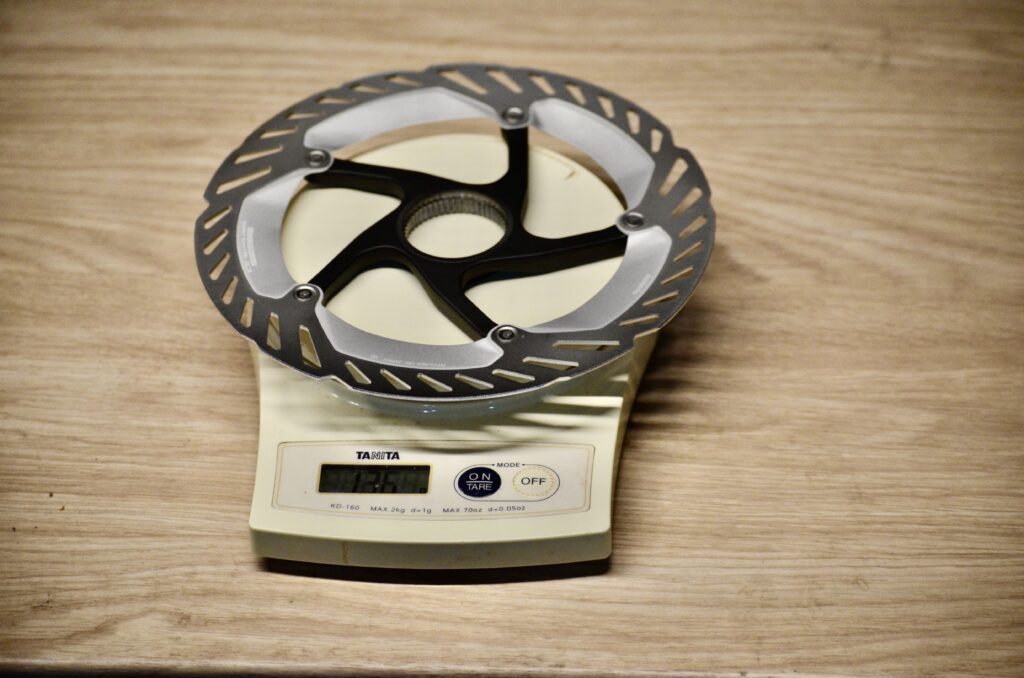
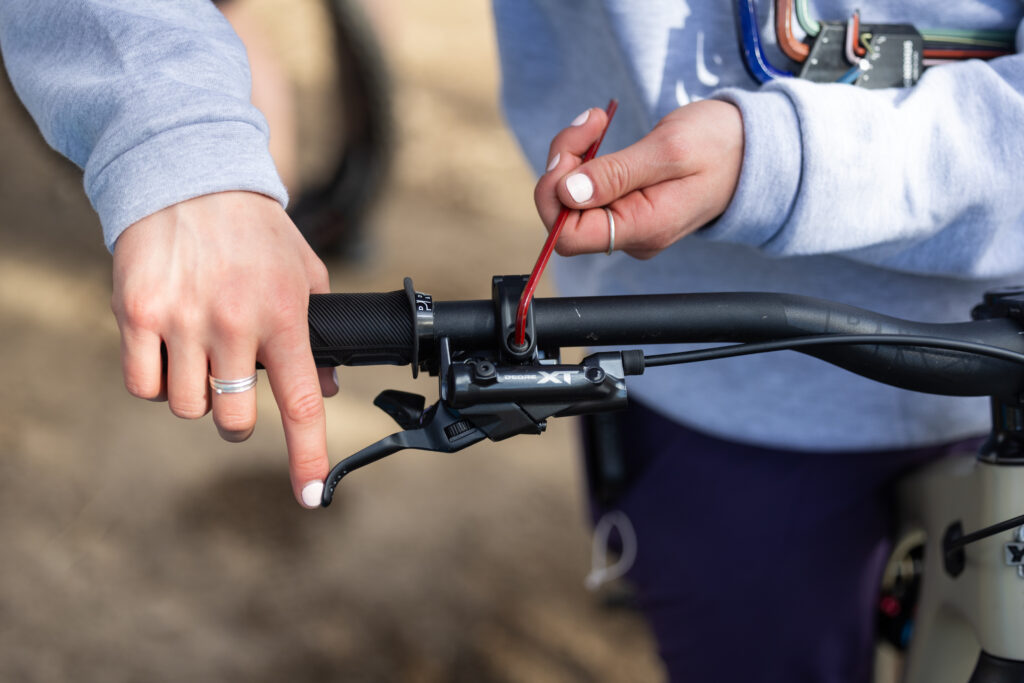
The enduro and trail model are a 4-piston construction, with finned pads and a rigid two-piece design. I am excited to head out and see how these upgrades translate on the trail!
Shimano Deore XT Alloy Wheelset
Shimano have followed the two-for-one approach of their cranks and brake levers with their new XT alloy wheelset. Shimano claim they are lightweight enough to get your lycra on and race cross country, while retaining the durability required for the most testing of enduro races. While released in both 29” and 27.5” options, we will see only the 29” option on Australian shores.
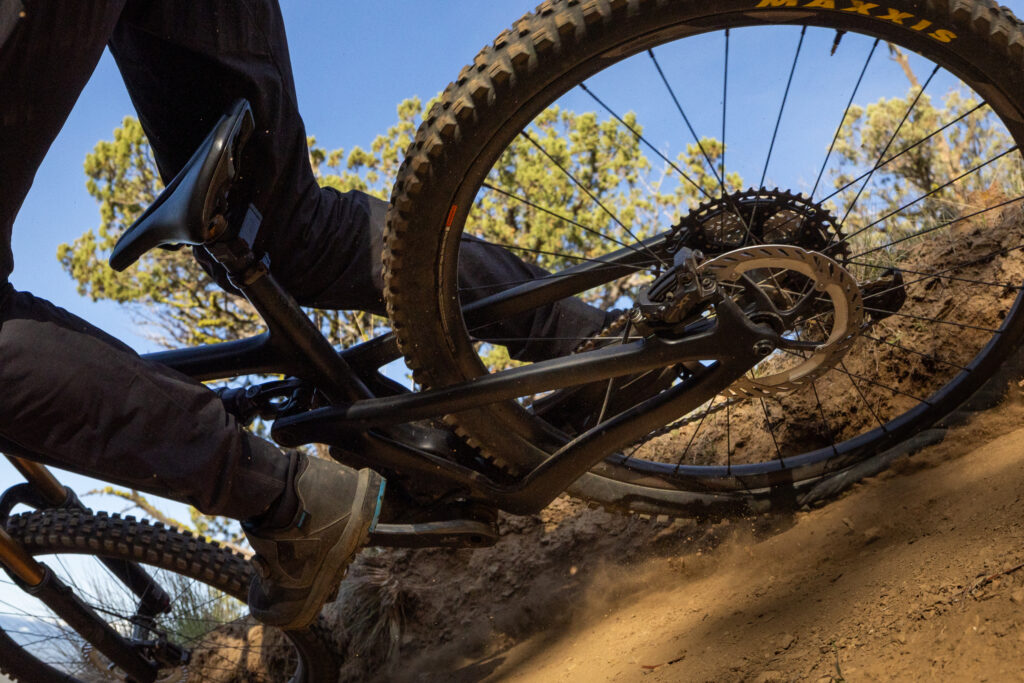
Key features of the 28-spoke wheels include tubeless ready design, 30mm wide hooked rims, centrelock docs brake mount, and a super low 3.5 degree of direct engagement; meaning power transfer that hits as soon as you’re on the pedals and a huge upgrade from the ~7 degrees of the M8120 wheelset, a huge detractor from the former wheelset. Hub wise, it’s nice to see some upgrades including sealed bearings and seal optimisation to keep you rolling without need for service a bit longer.
Workshop Vibes with Deore XT Di2
We are stoked to have landed a Deore XT groupset for test today, including the trail-oriented M9220 4-piston brakes. I am building a new rig to showcase the groupset this week. In the meantime, here are some first impressions on the new drivetrain.
On first impressions, the groupset looks somewhat oversized compared to Shimano’s mechanical range. The shifter itself is broad and flat, nearly identical to the XTR model albeit in a darker, gunmetal colourway. The buttons feel tactile and shifter-like under the thumb – a bit of a departure from the beep-beep-boop button feel of the AXS Pod controller. I expect those coming from a mechanical shift lever to feel right at home with the XT Di2 lever, and those who are using a Pod controller to have to unlearn some habits.
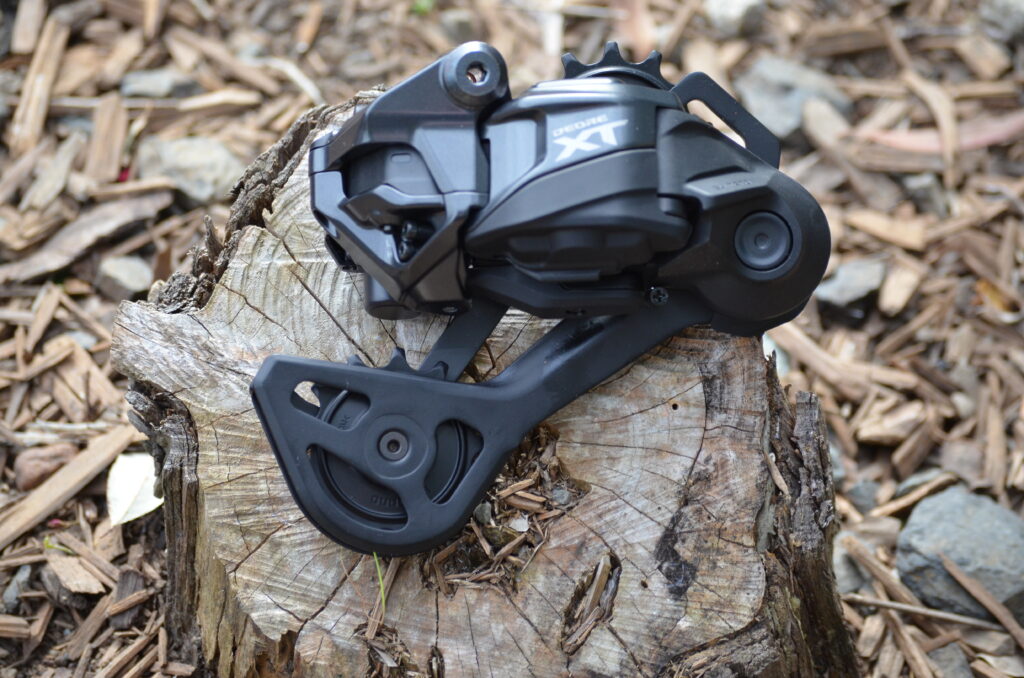
When it comes to the XT Di2 derailleur, this is where XT departs – at least visually – from it’s big brother. A sliding cover on the base of the unit hides the battery, which is surprisingly easy to access and reinstall. This offers a level of protection from the elements that is missing with SRAM’s AXS system; a key criticism of SRAM that Shimano were out to avoid.
While I love my XX AXS Transmission, there have been a few occasions where the battery interface has just not played the game. While usually it’s a case of removing the battery, cleaning the battery and interface, saying a small prayer and getting back on your bike there are accounts of riders having ongoing problems with the system which have been – in part – attributed to the battery location being in the elements.
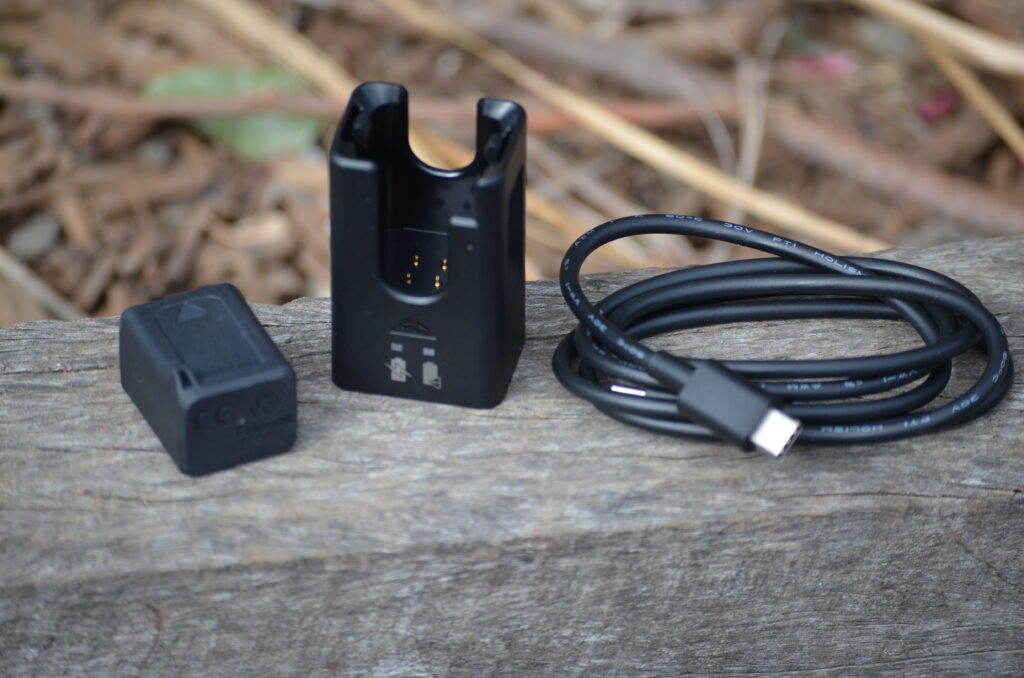
Shimano have addressed this by locating the battery within the main parallelogram, which is the cause of the derailleur’s central bulk. Despite this, the weight of the XT Di2 derailleur is a scanty 33g more than XTR, with the XT weighing in at 448g vs XTR’s 413g. The XTR definitely has a little more sculpting to the derailleur, but in terms of function, both XT and XTR feature the skidplate design to deflect impact, and a really solid and robust feel under hand.
Crankset wise, I am testing a 170mm pair with a 32T chainring to replicate my everyday ride, but it’s great to see the offering of a wide range of sizing from 160mm to 175mm as we see more riders altering their preferred cranklength for both comfort and performance.
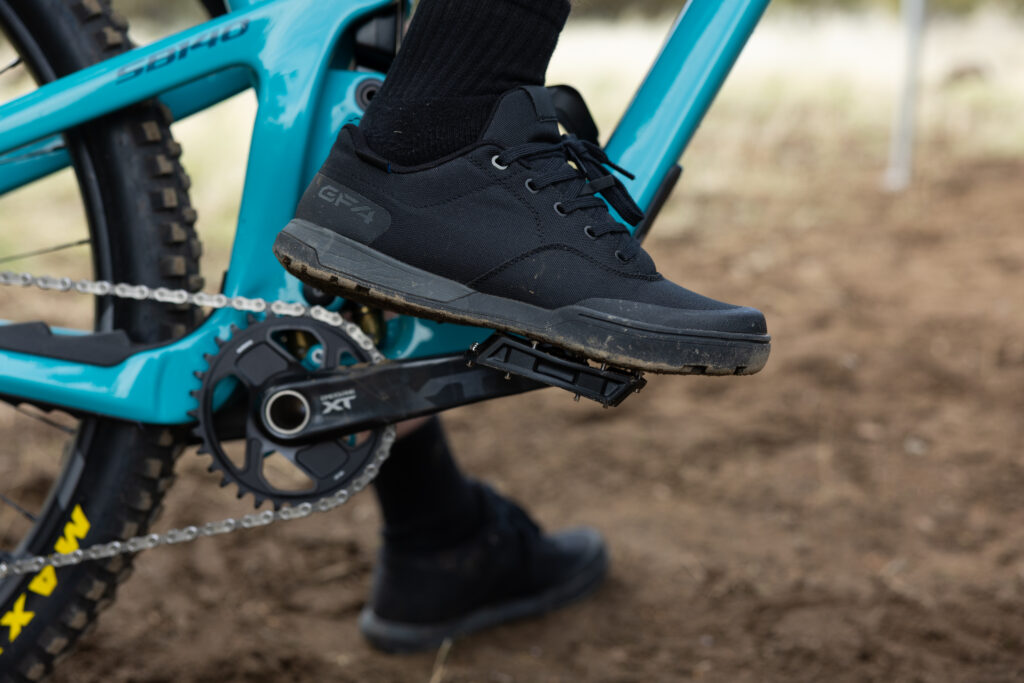
Aesthetically speaking, cranks do a fair bit of heavy lifting in terms of advertising a drivetrain, and I can safely say that in person, they pack a lot more punch than in product imagery. Sure, they retain that dark and understated feel of the remainder of the XT offering, however these cranks really mark a departure and modernisation in visual appeal from previous generations of mechanical XT cranks. They feature brushed alloy with a gloss segment along the body of the crank, weighing in at 604g (with 32T chainring) – around 10g heavier than the XTR Enduro offering. Notably, these cranks are on double duty, as they are the sole offering for both cross country and enduro builds.
Weights (actual)
- Rotor (1x): 136g
- Derailleur: 448g
- Crankset + Chainring (32t): 604g
- Shifter (i-Spec): 96g
- Brake (lever/calliper/hose): 314g/end
For more info on the new XT range, head to bike.shimano.com.
